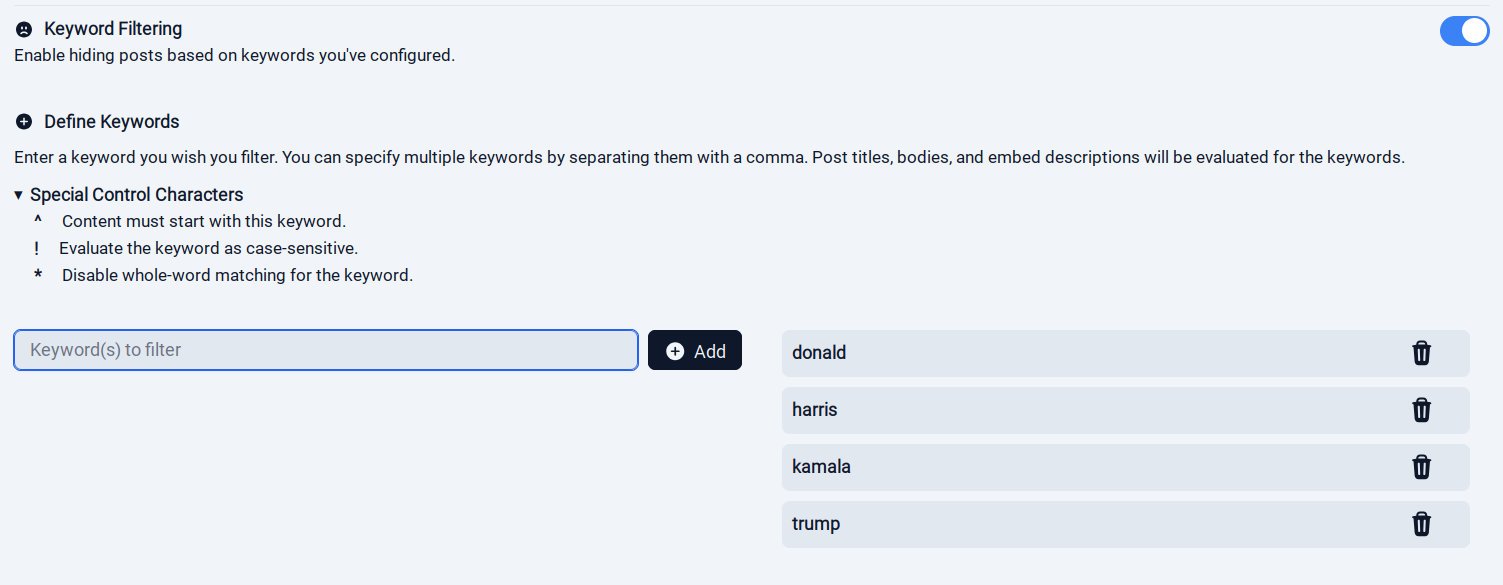

The issue DNS solves is the same as the phone book. You could memorize everyone’s phone number/IP, but it’s a lot easier to memorize a name or even guess the name. Want the website for walmart? Walmart.com is a very good guess.
Behind the scenes the computer looks it up using DNS and it finds the IP and connects to it.
The way it started, people were maintaining and sharing host files. A new system would come online and people would take the IP and add it to their host file. It was quickly found that this really doesn’t scale well, you could want to talk to dozens of computers you’d have to find the IP for! So DNS was developed as a central directory service any computer can request to look things up, which a hierarchy to distribute it and all. And it worked, really well, so well we still use it extensively today. The desire to delegate directory authority is how the TLD system was born. The host file didn’t use TLDs just plain names as far as I know.







Cable infrastructure is built different, with multicast streams. All the channels are broadcast on their network at all times to relays all the way up to your neighbourhood, if not your cable box. It’s got dedicated, guaranteed bandwidth. It can’t get overloaded.
With streaming, each user is one connection using one stream worth of bandwidth, so it doesn’t scale too well to millions of viewers. Technically there’s multicast stuff but it only works locally, and I’m sure all those cable companies that are also ISPs aren’t all that interested in making it work either. So for now we have thousands of identical streams crossing the country at the same time hogging bandwidth and competing with everything else using bandwidth.